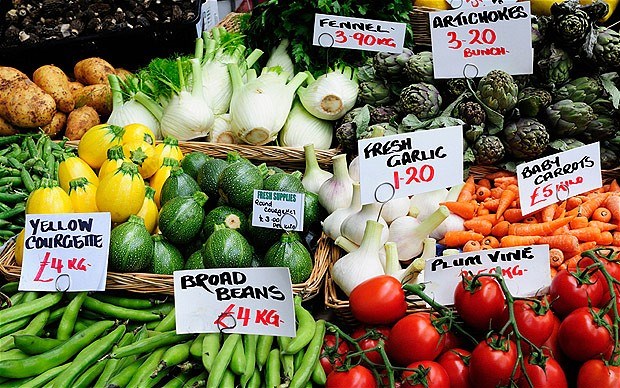It is rather obvious what we eat, and where we access our food has changed significantly over the past few decades.
In many ways I suppose my own experience is a textbook example of the change.
Growing up on a Saskatchewan farm through the 1960s and ‘70s the food on the kitchen table came primarily from the farm itself. The small farm was a mixed operation – most were -- and that meant a barn full of pigs, which in turn meant pork was on the table almost daily.
When it wasn’t pork, the meat of the day was usually chicken, as my mother always had a boxful of chicks purchased in the spring to be butchered in the fall, a daylong event I vividly remember as one of those things which very directly connected the family to the process of filling the deep freeze.
And it was a huge deep freeze, one that needed to be large because in addition to a butchered hog, and flock of chickens added to it each fall, there had to be room for carrots, peas, beans and other vegetables from a huge garden. If the deep freeze filled, there was always a root cellar, or canning to preserve more veggies for the winter.
Of course in that era everyone had a garden, as I recall helping my grandparents weed their rather large garden when they retired to town.
People, at least those in rural Saskatchewan raised, processed much of the food they ate.
Fast forward to today and mixed farms are largely a thing of the past. Most grain farms are massive with no time to raise a few chickens, or a pig or two for the freezer.
Gardens are also increasingly rare.
A drive around Yorkton, a mid-size rural city, quickly shows backyard vegetable gardens are few and far between.
And, you can find more and more homes without a deep freeze to store food. It is much more common to make more trips to the grocery store, and to rely on pre-canned and preserved foods.
It would be interesting to study how many families today can their own fruits, freeze their own vegetables, or raise their own meat?
Anecdotally, I am confident to suggest it is a fraction of what there would have been through my teen years (1973-’79).
There are a couple of things we can draw from the significant change.
The first is that people today have a huge confidence in the food they find in stores. At times we hear of ripples of discontent in regards to food safety, but the majority recognize our food supple in generally safe.
The reliance on store-bought food also suggests we recognize our food is relatively cheap. Toss the non-food items out of the store cart, and food is reasonably priced.
But, there is a cloud over our change in pattern regarding where we get food, and that is if our processed foods are as healthy as what they should be?
That is a question I will look at in more depth in next week’s column.
Calvin Daniels is Editor with Yorkton This Week.

